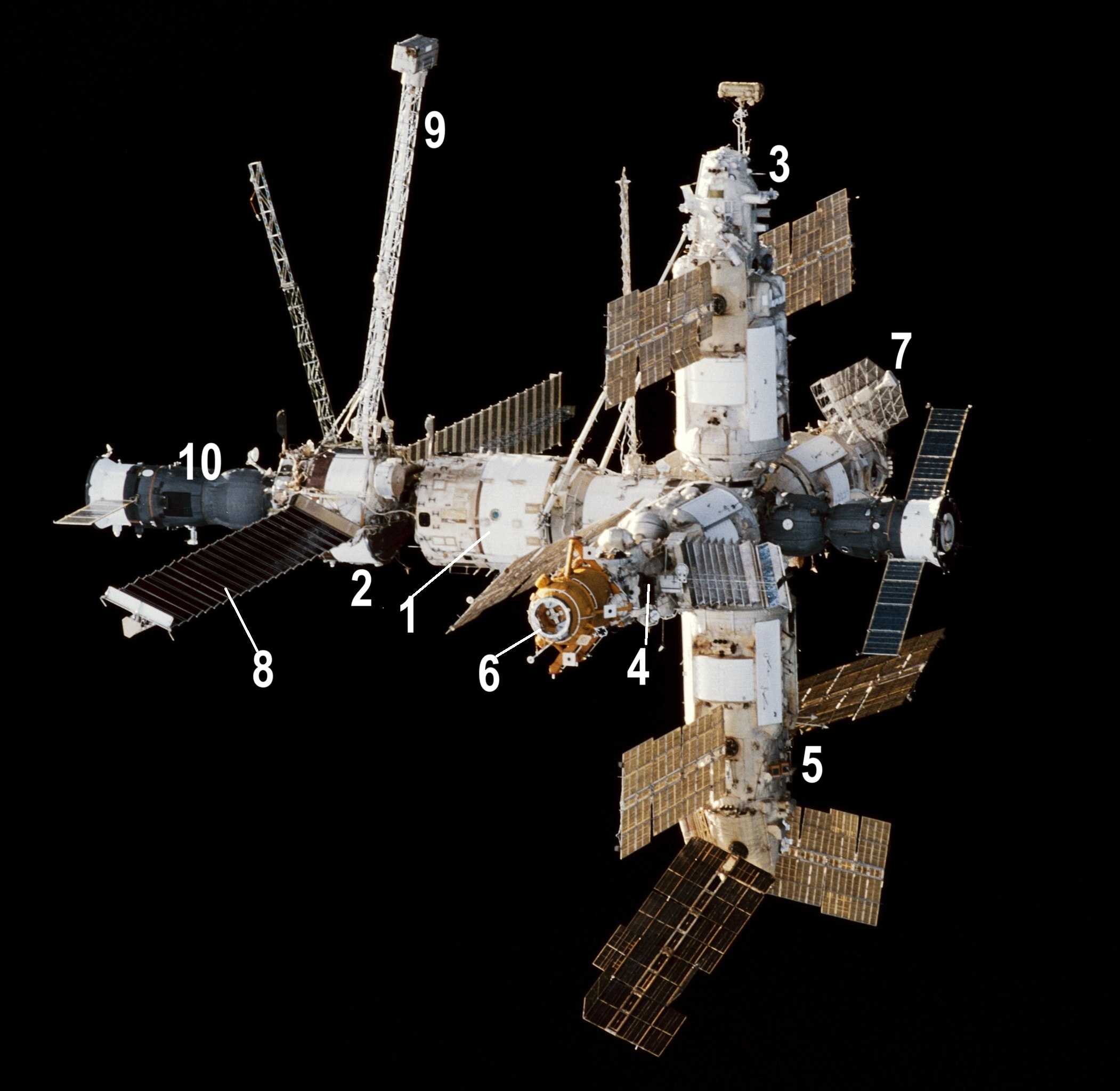
A Time to Build Up Trivia Quiz
Mir, a modular space station
The first module of the Mir space station was placed in orbit in 1986, then it was built up in stages, the final one added in 1996. It became a place for building international cooperation in space. Can you identify some of its major structural features?
A label quiz
by looney_tunes.
Estimated time: 3 mins.
